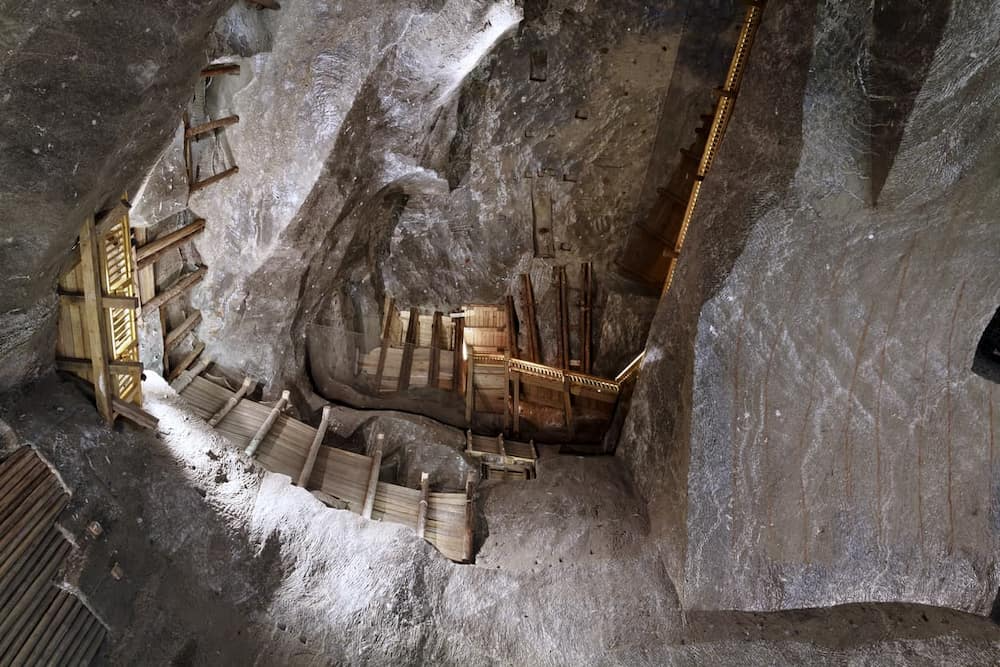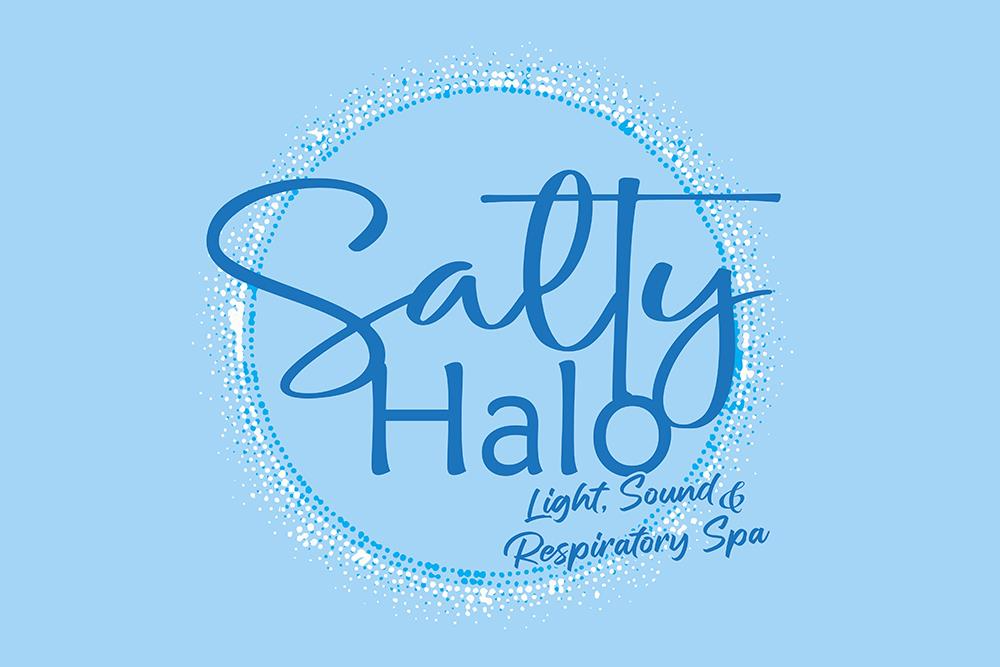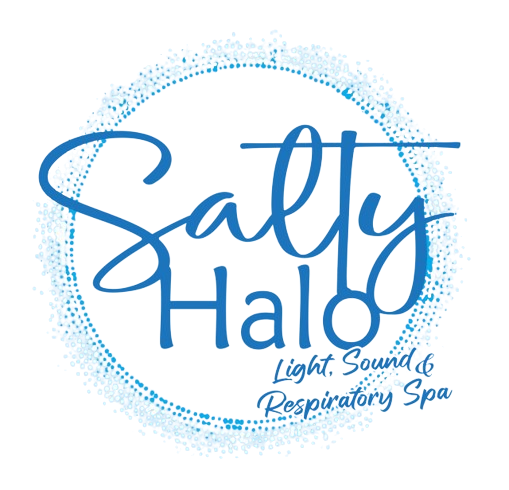Halotherapy Research and The History of Salt Therapy

Salt Therapy evolved from the salt mines and underground health resorts throughout Europe. This goes as far back as the early 1800's where physicians were having patients go underground into the hollowed-out salt chambers in the salt ines for respiratory therapy. This became known as speleotherapy, and it spread throughout Europe. There are still speleotherapy facilities today, of which the most active and popular is the Wieliczka Salt Mine, just outside of Karkow, Poland. There are numberous medical professionals, researchers, and clinicians that have published hundreds of papers, articles, abstracts, and studies validating speleotherapy. In fact, the health care systems of many countries cover these treatments with their health coverage/insurance.
In the 1970's, the first halogenerator was developed. The first above-ground, man-made salt rooms using a halogenerator appeared in clinics, hospitals, and daycare centers throughout Russia and Eastern Europe. The advent of the halogenerator brought about the birth of halotherapy.
SALT IN HALOTHERAPY
The salt used for halotherapy is pure grade sodium chloride (also known as medical-grade or pharmaceutical-grade salt) which is the highest purity salt, often used in medical applications. It is99.995 NcCI and contains no insoluble ingredients and is free from all other contaminants. This type of salt is place in a device called a halogenerator which grinds the sodium chloride into micron-sized particles to form a dry slat aerosol that is inhaled in a salt chamber environment. Digesting salt and dry salt inhalation are very distinct. Pure grade sodium chloride is the only salt approved by the Salt Therapy Association for use in halogenerators for several reasons.
- What makes dry salt therapy effective is the properties of sodium chloride. The purer the salt, the higher the percentage of sodium chloride, the more effective the salt will be in providing the characteristics of being super absorbent, anti-inflammatory and anti-bacterial.
- Pure sodium chloride is a naturally harvested salt that is processed to eliminate all the trace elements, minerals, dirt, and debris to achieve 99.99% pure sodium chloride.
- While Dead Sea, Himalayan, Caribbean, Rock, and other salts contain a variety of minerals, metals, and elements, these salts are not consistent in their characteristics, depending on the region where the salt is cultivated. Only NaCI dissolves 100% in water and does not stay in the lungs, so anything else besides pure NaCI could negatively impact the lungs because of other minerals and elements could remain in the respiratory system.
- While these salts are great for cooking and digesting, inhalation is a very different system. Minerals and vitamins are for the digestive system, not for the lungs. And these other minerals and elements are not what impact the positive effects of Halotherapy.
- All the clinical, medical and scientific studies that have been published are based on utilizing only pure sodium chloride. The same salt that hospitals use in saline solutions that enter the body due to its purity, is the same salt to be used for dry salt therapy.

